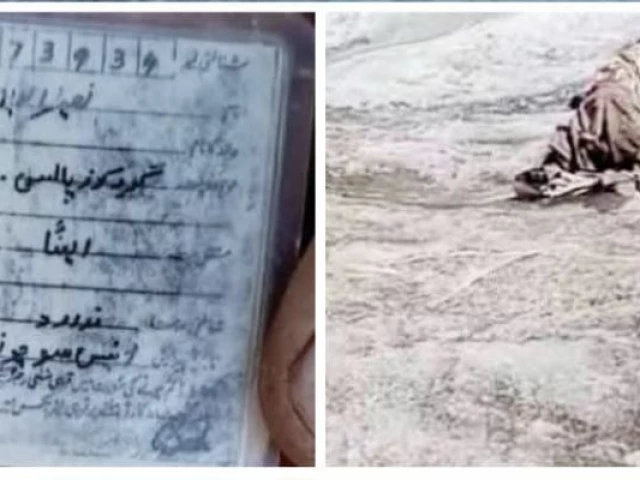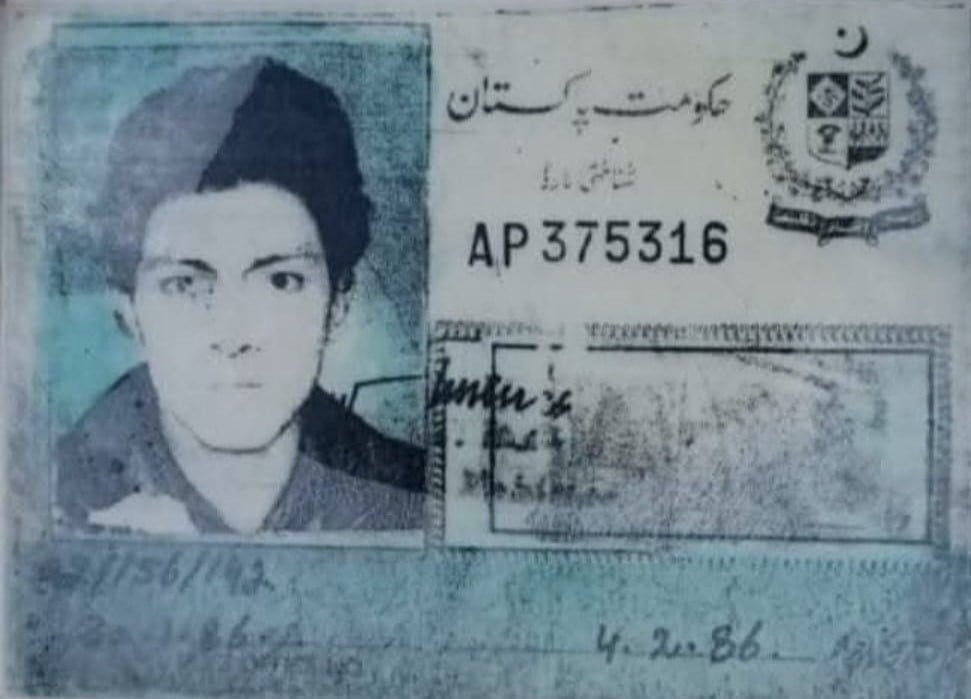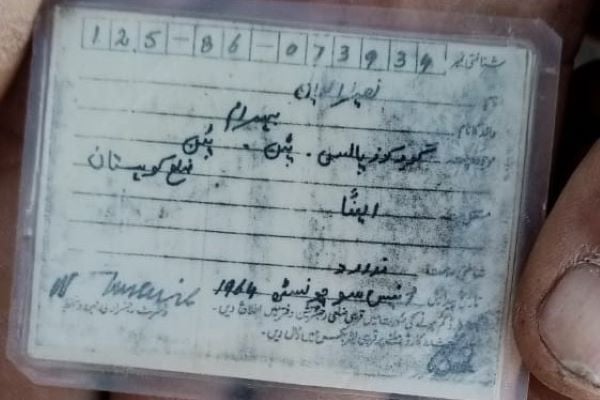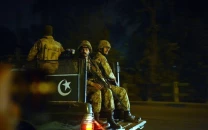Man missing for 28 years found in glacier in Kohistan
Identified through his ID card, body was remarkably preserved by the ice

The remains of a man who had been missing for 28 years were recovered from a glacier in the remote Lady Valley of Kohistan.
The body was identified as Naseeruddin alias Hajo, son of Bahram, from the Saleh Khel tribe, through a national identity card found in his pocket.
The body, remarkably preserved by the glacier's conditions, was discovered on August 1 by local shepherd Umar Khan, who frequents the area during the summer months.
According to eyewitnesses, the clothes and physical features of the body were largely intact.
Read More: PM announces Rs4b fund for infrastructure restoration in G-B
Family sources confirm that Naseeruddin disappeared in 1997 after reportedly falling into a glacial crevasse along with his horse while returning from the Sapit Valley.
Despite extensive search efforts at the time, no trace was found, and he was declared missing. The recent glacial melt revealed the body.

Locals recall that years after Naseeruddin went missing, his family was forced to migrate from Pallas Valley to the nearby Alai tehsil due to a violent family feud. His younger brother, Gardezi, was killed in what was described as an honour-related dispute, and the family became embroiled in legal troubles.
Both Naseeruddin and another brother, Kaseeruddin, reportedly lived in hiding during that time.
Abdul Aziz, a retired police officer from the area, said that police presence in the region during the late 1990s was limited, and many criminal cases remained unreported or unresolved.
Eventually, Bahram was arrested but released due to the plaintiff’s lack of interest in pursuing the case.
Speaking to The Express Tribune, Kaseeruddin, who was with Naseeruddin at the time of the 1997 incident, said they had taken an unconventional route through the mountains to avoid potential threats. He recalled hearing gunshots during their return journey. In an attempt to evade attackers, Naseeruddin tried to hide in an icy cave and was never seen again.
Also Read: Death toll from floods rises to 299
Despite exhaustive searches in the glacier, no body was found, and a symbolic funeral prayer was held at the spot.
Now, with the body recovered after 28 years, Kaseeruddin is returning to Lady Valley to decide whether to bury the remains there or transfer them to their ancestral home.

Dr Muhammad Bilal, a professor at COMSATS University Abbottabad, explained that the extreme cold, low humidity, reduced oxygen, and snow cover inside glaciers contribute to a natural mummification process that can preserve a body for decades, even centuries.
According to Dr Adnan Ahmad Tahir, glaciers in northern Pakistan are melting rapidly. July 2025 recorded unprecedented temperatures in Khyber Pakhtunkhwa and Gilgit-Baltistan, accelerating glacial melt and exposing long-hidden objects and human remains.
Kohistan Additional Deputy Commissioner Aminul Hassan said that reaching Lady Valley requires a three-hour drive followed by 15 to 18 hours of trekking.
The region, known for its pastures, lakes, and forests, is a seasonal destination for local herders.



















COMMENTS
Comments are moderated and generally will be posted if they are on-topic and not abusive.
For more information, please see our Comments FAQ